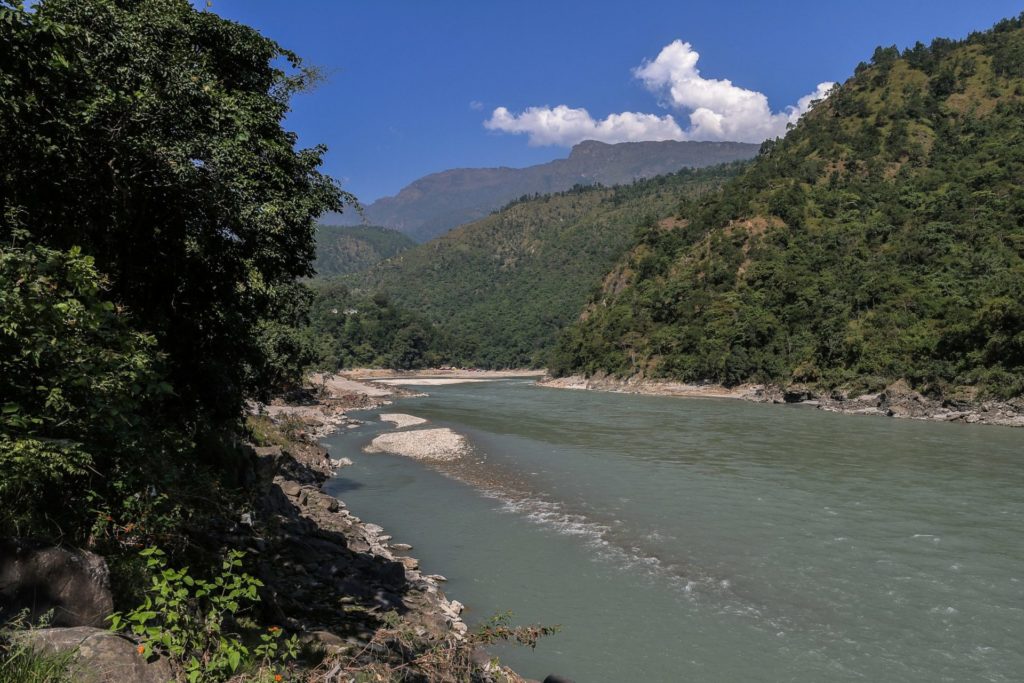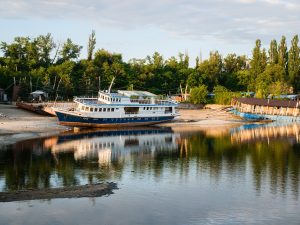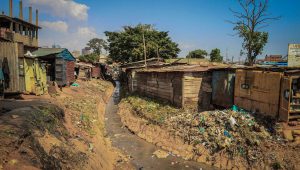Human rights at stake in planned hydropower scheme

The Mahakali–Sharda River in the Hindu Kush Himalayas forms part of the international border between India and Nepal. The two dams that this project envisages, one of which would be the world’s second tallest at 315 m, have been on the drawing board for decades. First conceptualised in the 1950s, it was only in 1996 with the signing of the Mahakali Treaty that the development of this transboundary river was agreed on in its present form. The Pancheshwar project may not materialise in the foreseeable future—if at all—but it serves as an example of the recent global interest in large dams as part of the clean energy mix required to reduce dependence on fossil fuels.
“The development of clean and renewable energy is indispensable to meet the increasing demand for electricity while limiting the impact of climate change. In recent years, hydropower has received renewed attention as a source of reliable and sustainable power supply,” says Maria Vink, Director of the International Centre for Water Cooperation at SIWI. “However, hydropower dams do not come without environmental and social costs that need to be mitigated.”
The planning and construction of large dams have always stirred up feelings. There are, inevitably, trade-offs between the benefits they aim to bring and the negative impacts they are likely to cause. Some 60,000 people risk forced eviction in this case, and many families would lose part of their lands. Those affected by displacement from the area to be submerged must be paid due compensation, but proper information and consultation is even more important at this stage. The public hearings held so far in the two countries were not based on comparable Environmental Impact Assessments, nor were they aligned in the affected districts.
The loss of biodiversity, greenhouse gas emissions from the reservoirs, and risks due to the seismic sensitivity of the area must also be accounted for.
The project will affect many people’s human rights, freedoms and entitlements. The handling of the corresponding obligations that rest mainly on the Indian and Nepali governments must be integrated from the start in the design and planning phase of a large-scale project such as a hydropower dam. Redressing past wrongs in the case of the Pancheshwar project can, to some extent, be achieved if a decision is finally taken to implement it in order to ensure that involuntary resettlements and evictions are not unlawful.
The human rights to participation in decision-making and adequate housing, among others, do not prevent large infrastructure development projects from taking place, but impose conditions and procedural limits on them. It is the way in which such projects are conceived, developed, and implemented that is important.
Large dams and human rights obligations: The case of the Pancheshwar Multipurpose Project on the border between India and Nepal was published by the International Centre for Water Cooperation, hosted by SIWI under the auspices of UNESCO. The Centre facilitates research, capacity building and policy advice on transboundary water management in connection with peace, conflict and regional development. The report builds on a study conducted for the Sida-funded, Oxfam-led Programme Transboundary Rivers of South Asia (TROSA) in 2018.
“This report provides conclusions and recommendations on appropriate steps and mitigation measures analysed by applying the human rights-based approach (HRBA) to the circumstances of the case,” says SIWI Advisor Dr Jenny Grönwall, author of the report. “This approach is useful to lay bare the rightful claims of those concerned that the states in question need to consider. However, it has its limitations. For instance, the HRBA cannot remedy how interlinked dimensions of poverty—inequality, dignity, and deprivations—influence access to the institutions and advocacy groups that can assist in enforcing the rights of the affected.”







